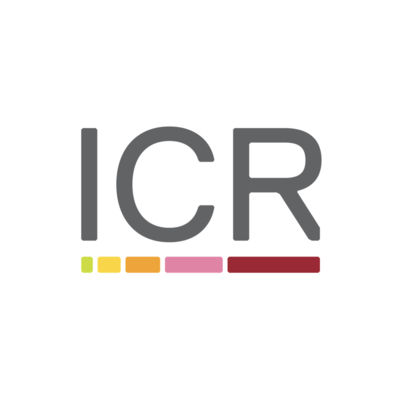Three lipophilic quinazoline-based aminomethyl pyridine compounds, which differ only in the position of the nitrogen in their pyridine ring, are described. CB300179 (2-pyridine), CB300189 (4-pyridine) and CB30865 (3-pyridine) all inhibited isolated mammalian TS with IC50 values of 508, 250 and 156 nM respectively. CB30865 was the most potent growth inhibitory agent (IC50 values in the range 1-100 nM for several mouse and human cell types). CB300179 and CB300189 were active in the micromolar range. Against W1L2 cells, CB300179 and CB300189 demonstrated reduced potency in the presence of exogenous thymidine (dThd), and against a W1L2:C1 TS overproducing cell line. In contrast, CB30865 retained activity in these systems. Furthermore, combinations of precursors and end products of folate metabolism, e.g. dThd/hypoxanthine (HX) or leucovorin (LV), did not prevent activity. CB30865 did not interfere with the incorporation of tritiated dThd, uridine or leucine after 4 h. A cell line was raised with acquired resistance to CB30865 (W1L2:R865; > 200-fold), which was not cross-resistant to CB300179 or CB300189. In addition, W1L2:R865 cells were as sensitive as parental cells to agents from all the major chemotherapeutic drug classes. CB300179 and CB300189 induced an S phase accumulation (preventable by co-administration of dThd). No cell cycle redistribution was observed following exposure (4-48 h) to an equitoxic concentration of CB30865. In the NCI anticancer drug-discovery screen, CB30865 displayed a pattern of activity which was not consistent with known anti-tumour agents. These data suggest that CB30865 represents a class of potent potential anti-tumour agents with a novel mechanism of action.







